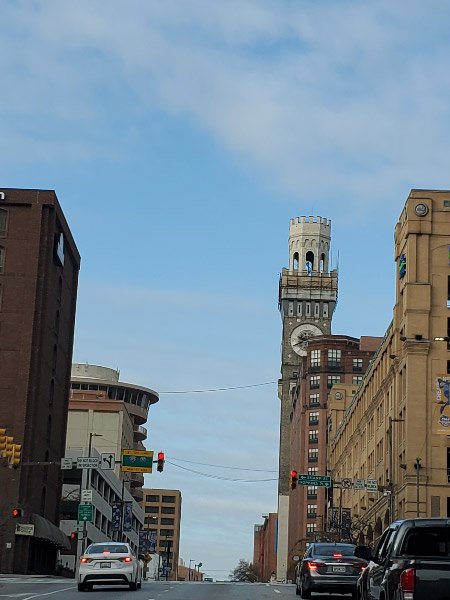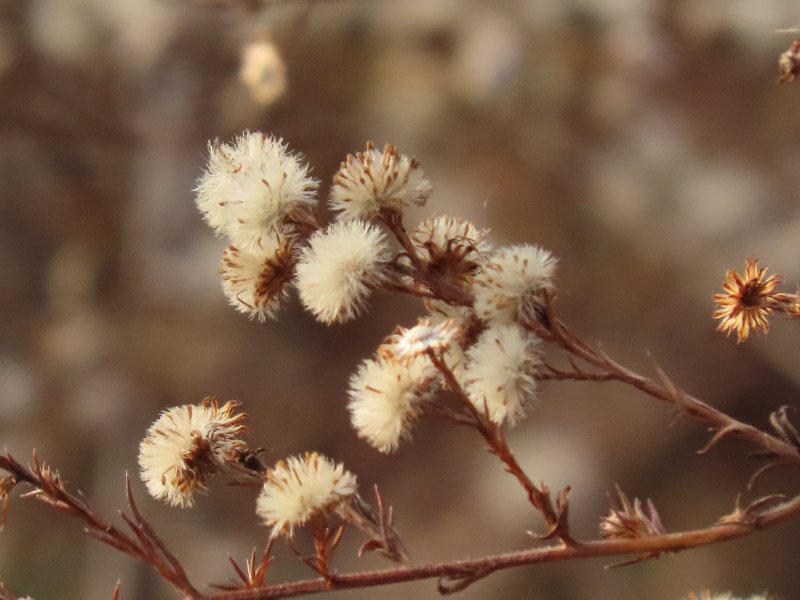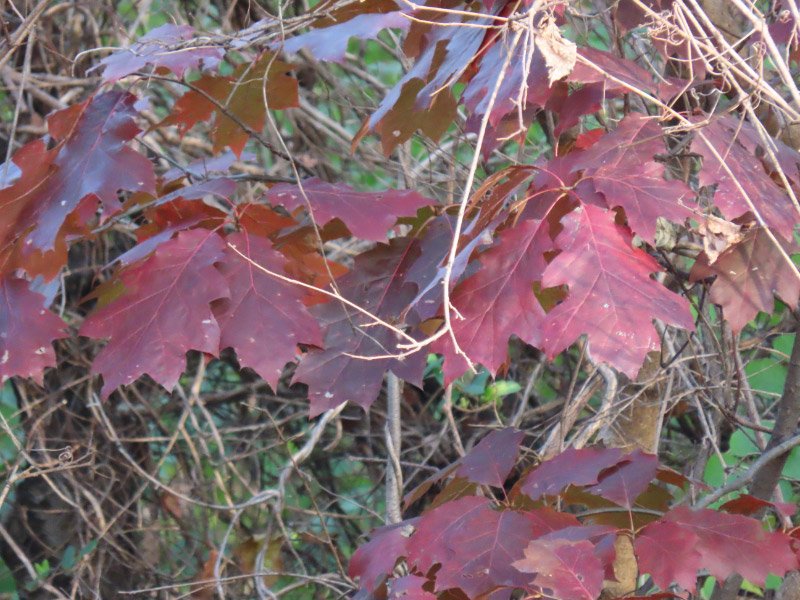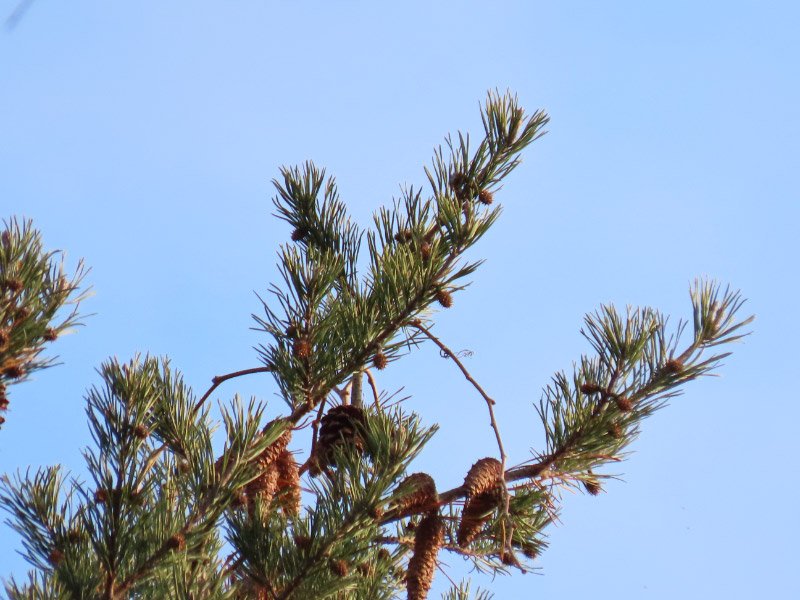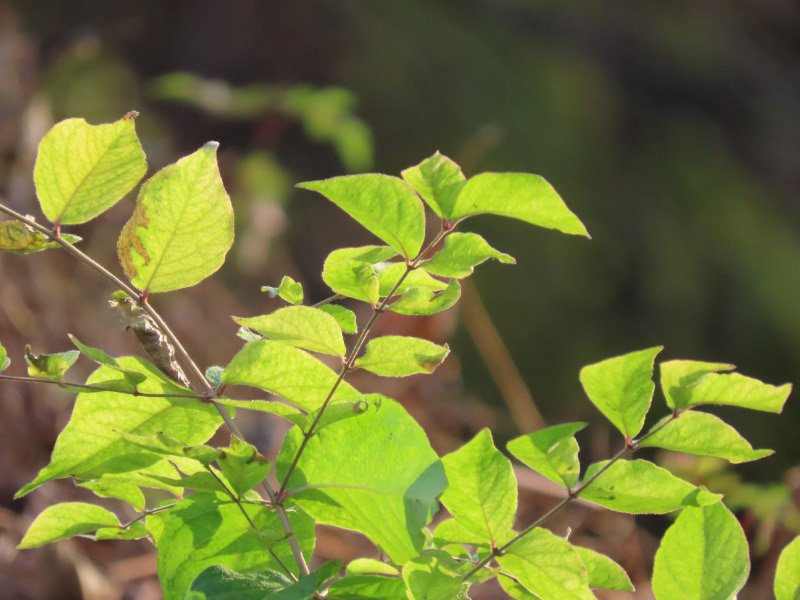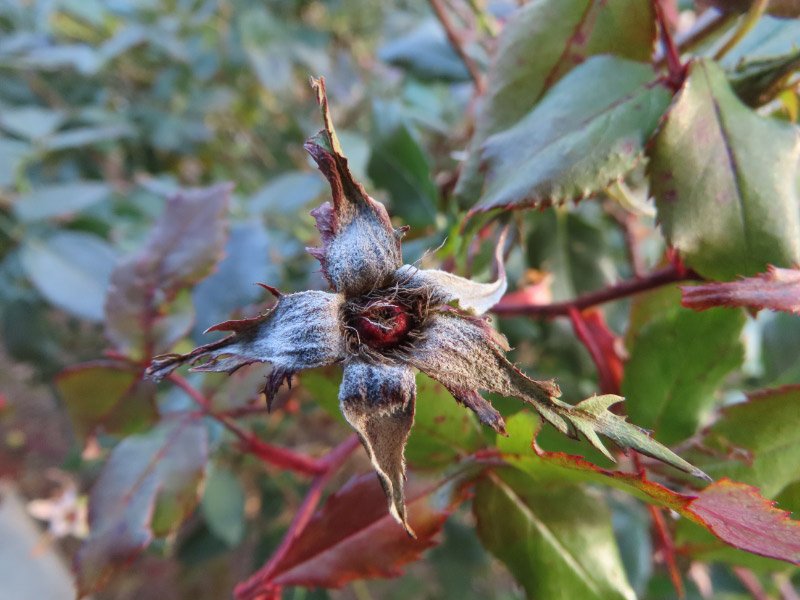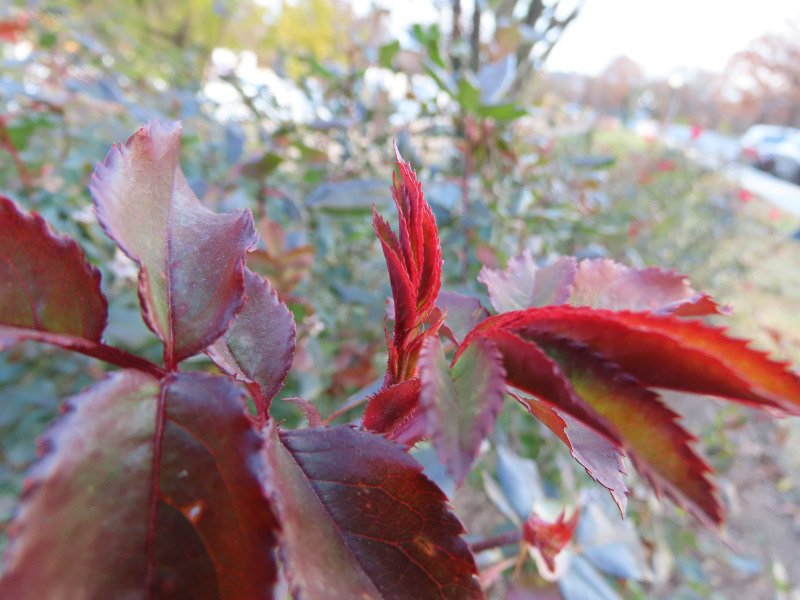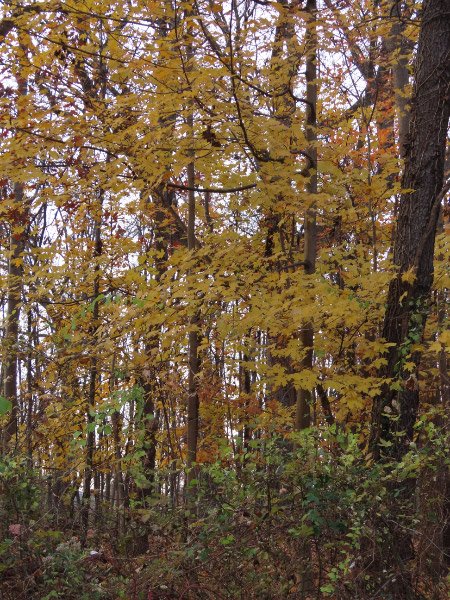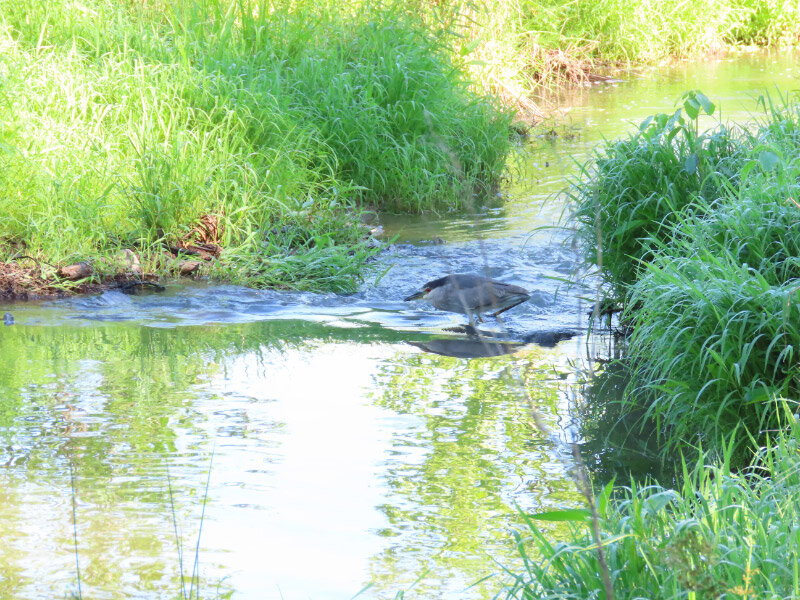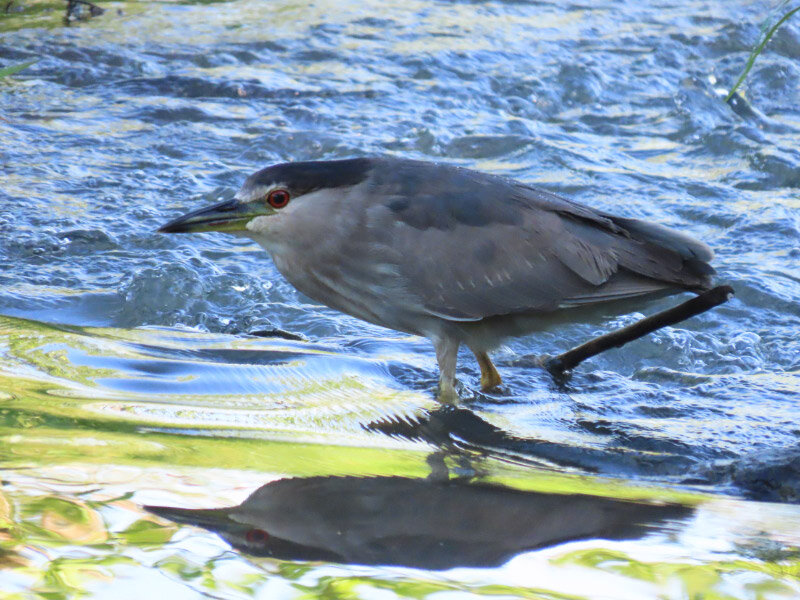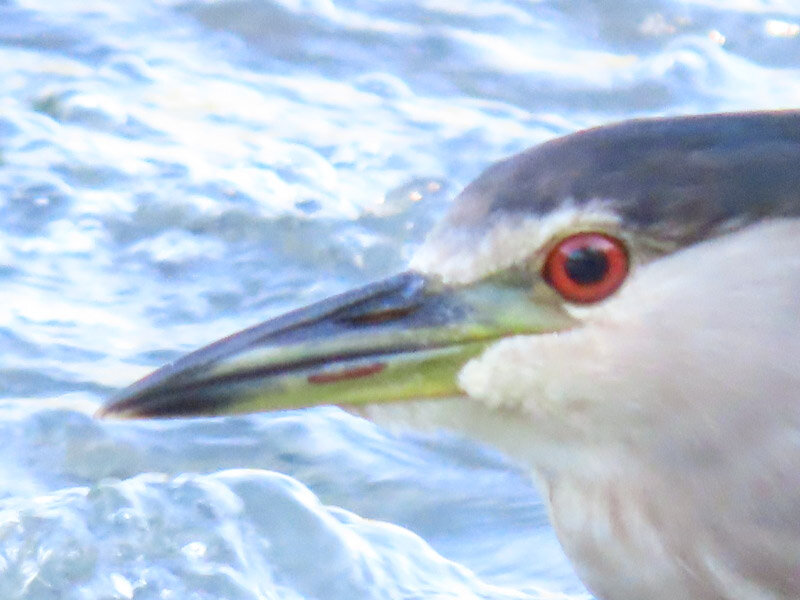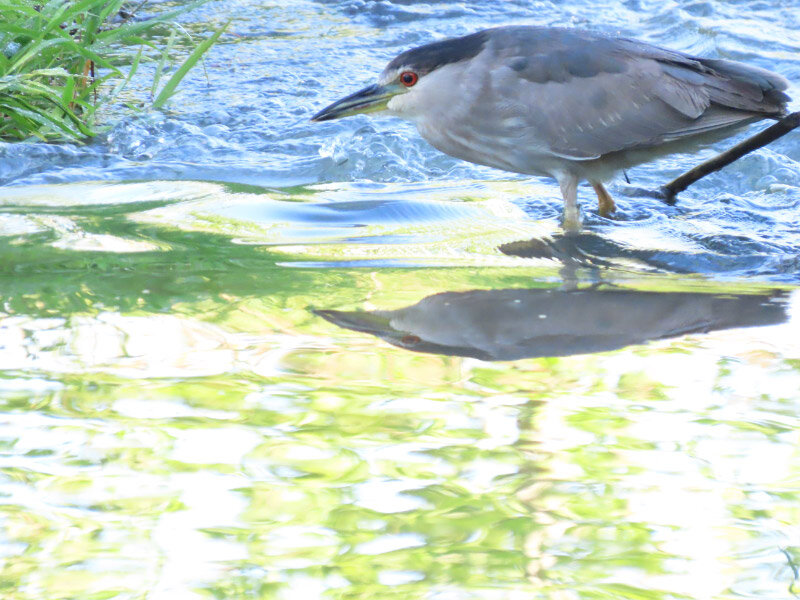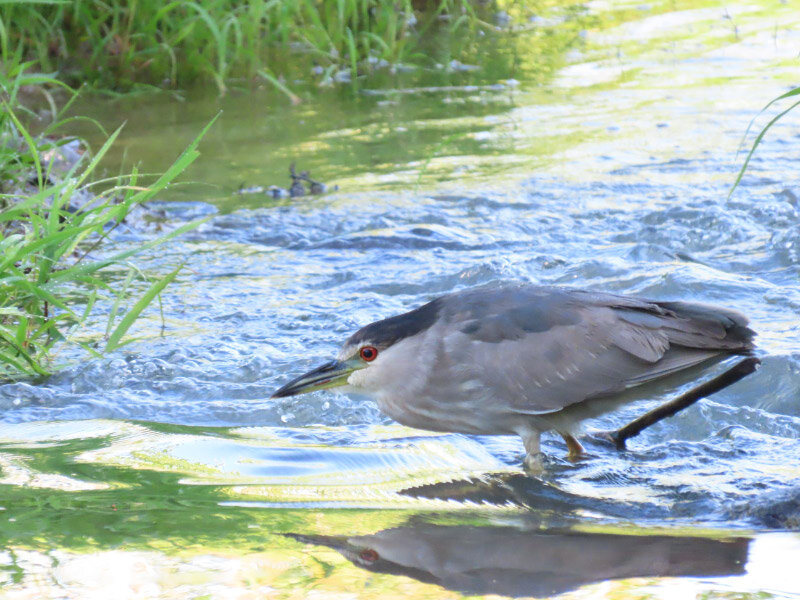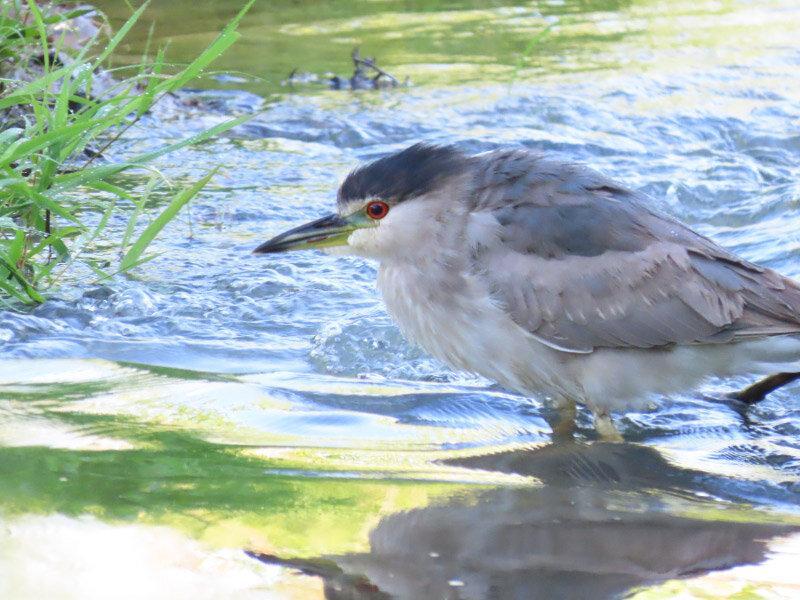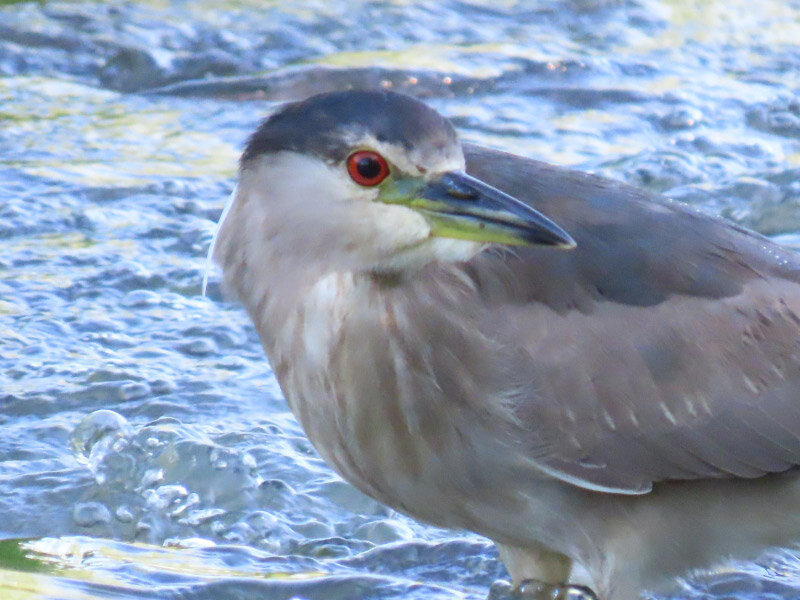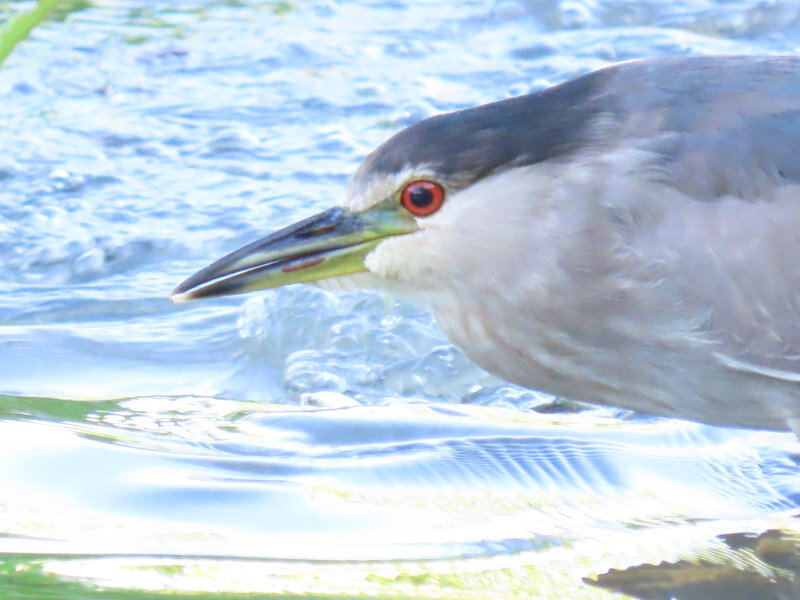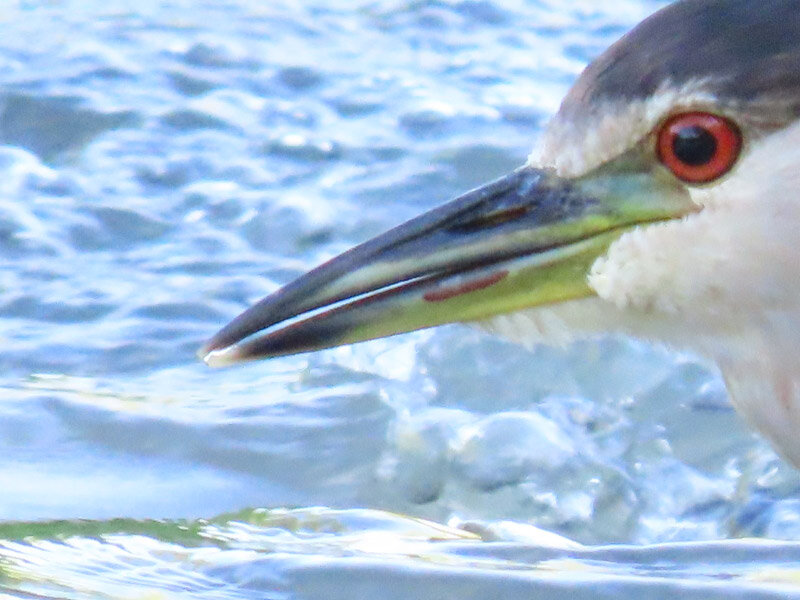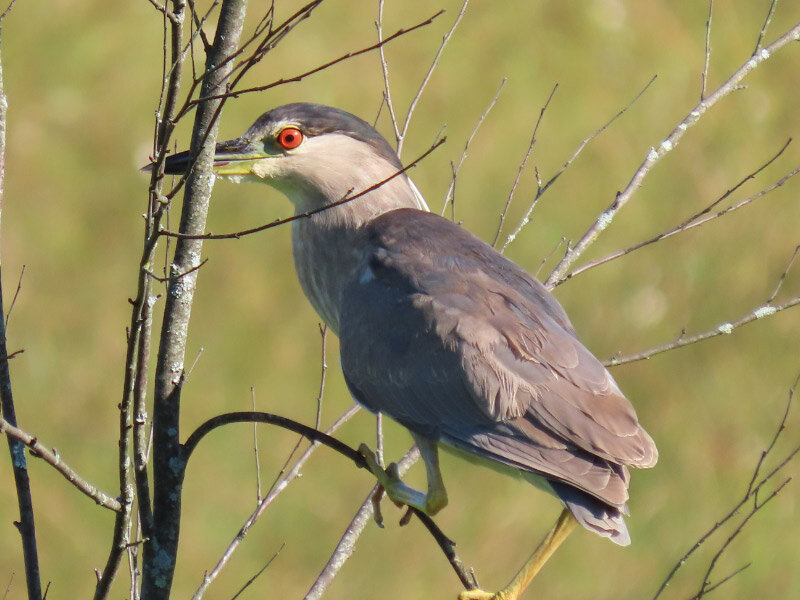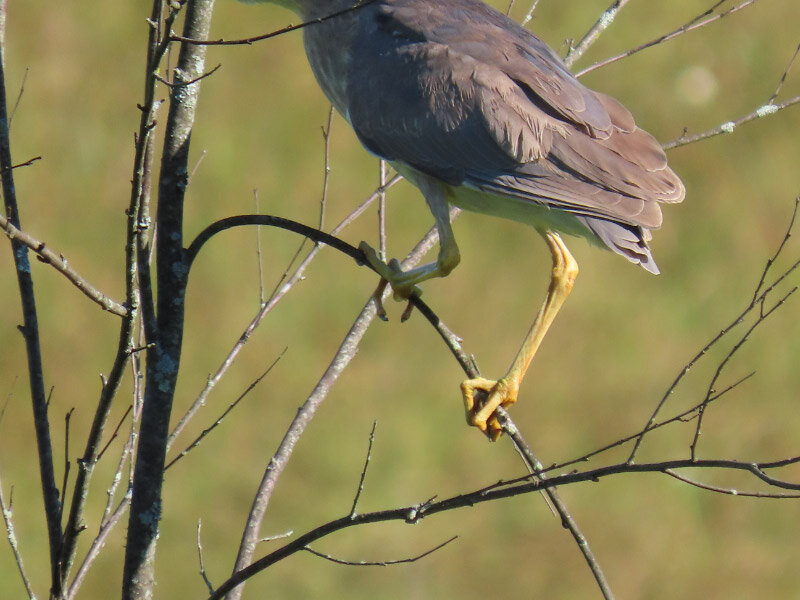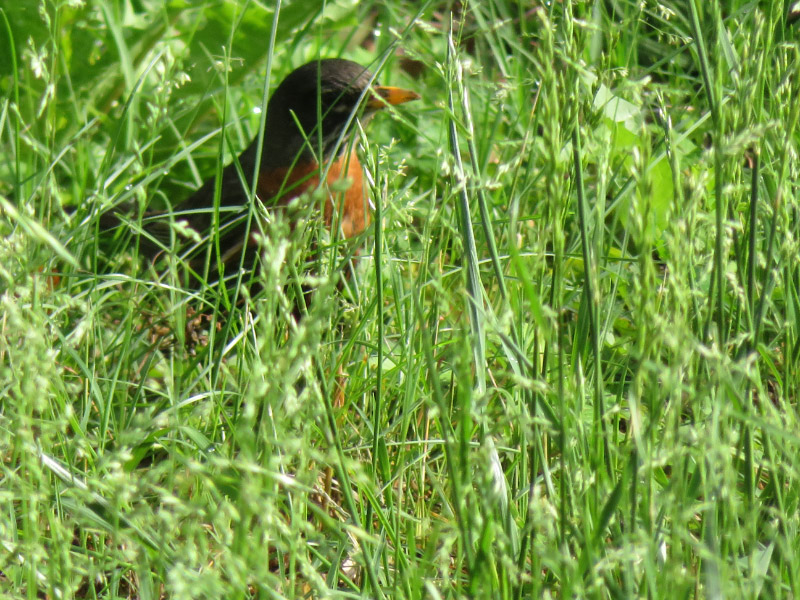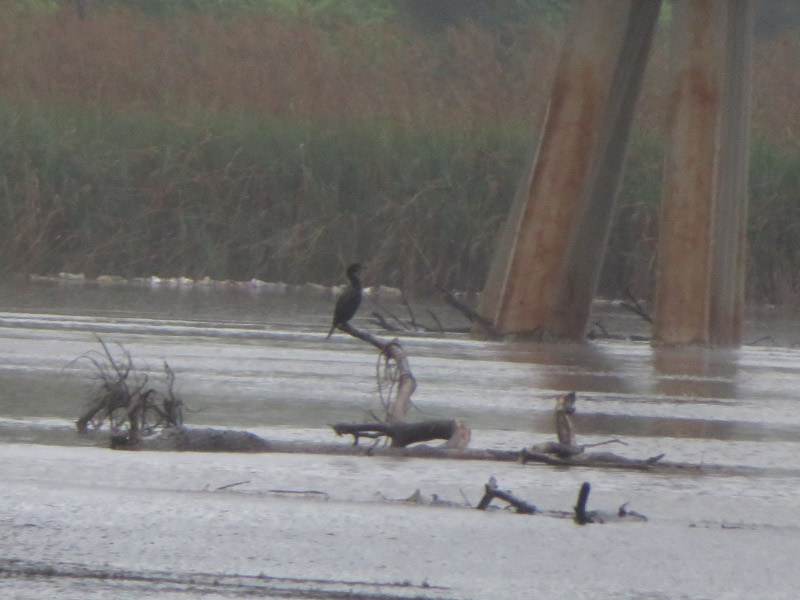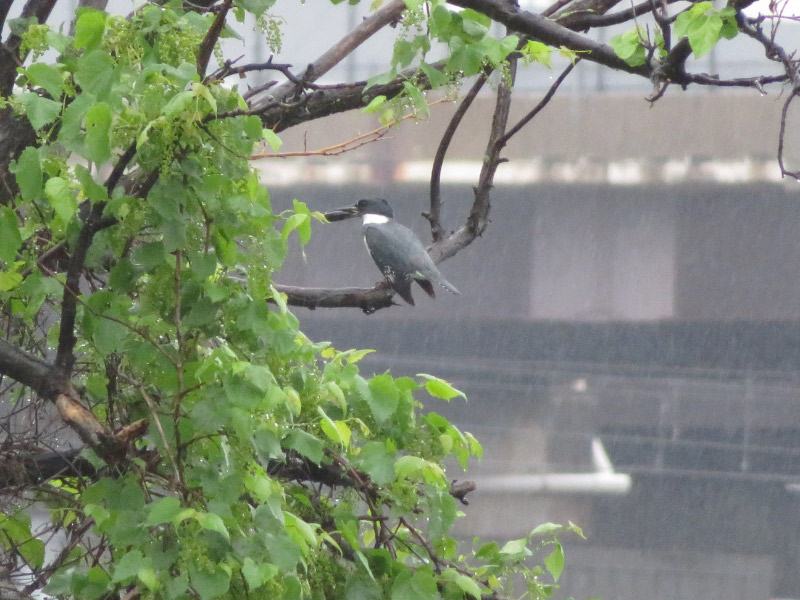Gleanings of the Week Ending December 7, 2024
/The items below were ‘the cream’ of the articles and websites I found this past week. Click on the light green text to look at the article.
No need to overload your cranberry sauce with sugar this holiday season − a food scientist explains how to cook with fewer added sweeteners – Cranberries are one of my favorite seasonal foods. I like them so much that I buy enough to freeze and use well into spring – even summer. During the cold months I use them for relishes, adding to stir fry veggies, and in muffins. I’ll make the relishes more savory than sweet from now on!
Researchers Investigate Sustainable Ancient Construction Techniques – Studying the best-preserved earthen building in the Mediterranean. It was built between the eighth and sixth centuries BCE.
Floating Wetlands Bring Nature Back to Baltimore’s Inner Harbor – Built as part of the National Aquarium. The article interested me since we lived near Baltimore for so many years.
Check Out the Highest-Resolution Images Ever Captured of the Sun’s Entire Surface – Images from European Space Agency’s (ESA) Solar Orbiter.
Climate change and air pollution could risk 30 million lives annually by 2100 - Under the most probable projection, annual mortality rates linked to air pollution and extreme temperatures could reach 30 million/year by the end of the century. In 2000, around 1.6 million people died each year due to extreme temperatures, both cold and heat. By the end of the century, in the most probable scenario, this figure climbs to 10.8 million, roughly a seven-fold increase. For air pollution, annual deaths in 2000 were about 4.1 million. By the century's close, this number rises to 19.5 million, a five-fold increase. And yet – there is not the political will to change the scenario.
Vincent van Gogh’s Brilliant Blue ‘Irises’ Were Originally Purple – The paint faded since the painting was created in 1889. It’s still beautiful – either way.
Bee alert: Pesticides pose a real threat to over 70% of wild bees - Alarming risks that pesticides pose to ground-nesting bees (i.e. bumblebees, squash bees), which are crucial for pollination and food production.
The Chilling Sound of the Aztec Death Whistle - Creating 3D digital reconstructions of original Aztec death whistles…then recording sounds from originals and the reconstructions. Both produced sounds like a human voice or scream. There is a link to recording samples at the bottom of the post.
Overwhelmed by ever more clothing donations, charities are exporting the problem. Local governments must step up - There are more and more clothes in circulation, and they are getting cheaper and lower quality. That means the clothes you give away are worth less and less. Worldwide, we now dump 92 million tons of clothes and textiles a year, double the figure of 20 years earlier. Local governments usually handle other waste streams. But on clothes and textiles, they often leave it to charitable organizations and commercial resellers. This system is inherited from a time when used clothing was a more valuable resource, but the rising quantity of clothing has pushed this system towards collapse.
Oysters as large as cheese plates: How New Yorkers are reclaiming their harbor’s heritage – Perhaps the main accomplishment of the project, even more than increasing oyster population, is reminding New Yorkers that they are islanders. It's hard to care about something that is only abstract, something you don't have experience with. Ultimately, people have a much greater ability to improve water quality than the oysters ever will.






